What To Do When Your Check Engine Light Comes On
By Jefferson Bryant
It is beautiful day, the birds are singing, the sun is shining, and you are in your car cruising to some place fun, and then it happens. Your heart skips a beat and you can feel your stomach rising up into your throat. The dreaded check engine light just came on. Great, now what? Another wonderful day ruined by a few electrons bouncing around the light bulb that lets you know your day is about to get ugly. Or is it?
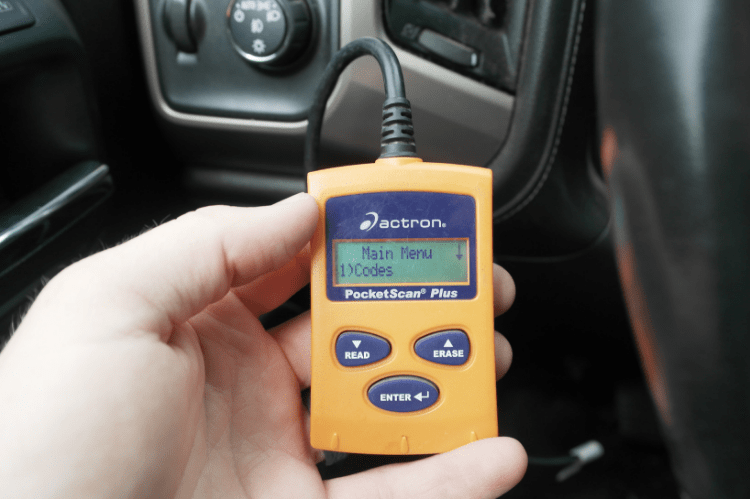
Why Is Your Check Engine Light On?
Most of the time, when the CEL (Check Engine Light) comes on, it is a relatively easy fix. The CEL has been around for over 30 years, the first ones came out in the mid-1980s when the first electronic fuel injection engines came to the dealer lots. When the CEL lights up on an older car, you likely had a serious problem, as they only monitored a handful of sensors. In a modern vehicle, the CEL is used for just about everything, including the gas cap. Of course, there are plenty of things that can be a disaster, so how do you know what to do when that little light of doom shows up? Well, you need a special tool called a code scanner.
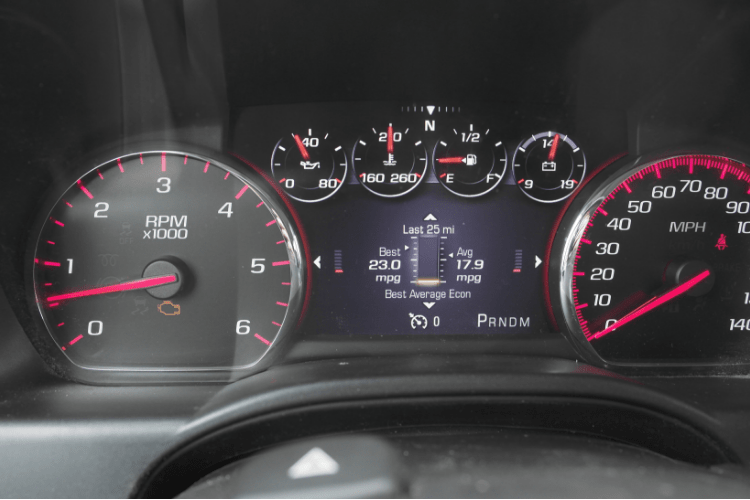
Check Engine Light Code Scanners
These scanners range from about $20 on up to the thousands, but for you typical DIYer, the $20-$100 units are more than sufficient. If you don’t want to spend anything on a scan tool, you can still get to the bottom of the situation by going to a local parts store chain, where in most cases, they will scan your vehicle for free and provide you with the codes. The codes are what you need to determine what the problem is.
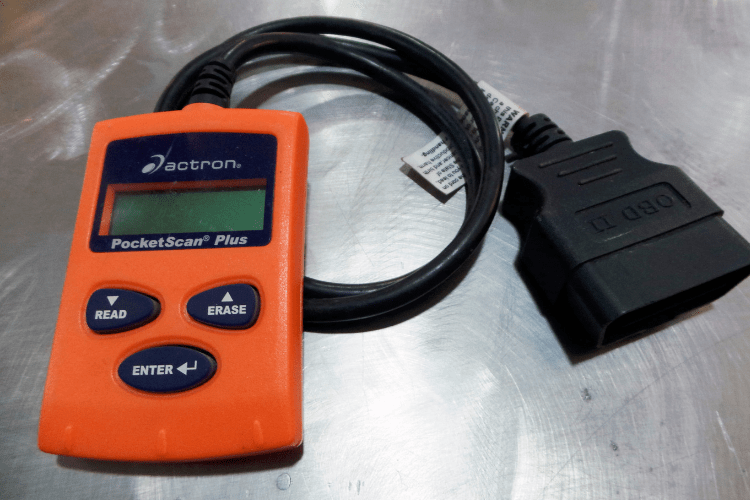
Types of Check Engine Light Codes
Sometimes, the code is very specific, and points to the direct fix. One of the most common reasons the CEL comes on in a modern vehicle is the gas cap. A loose or faulty gas cap will trigger a code. This should be the first thing you check when the CEL comes on. Simply remove the cap, reinstall it and make sure it clicks. Today’s vehicles have sealed tanks in order to keep fuel vapors from escaping. You also want to check the cap for cracks and make sure the gasket on the cap is in good condition.
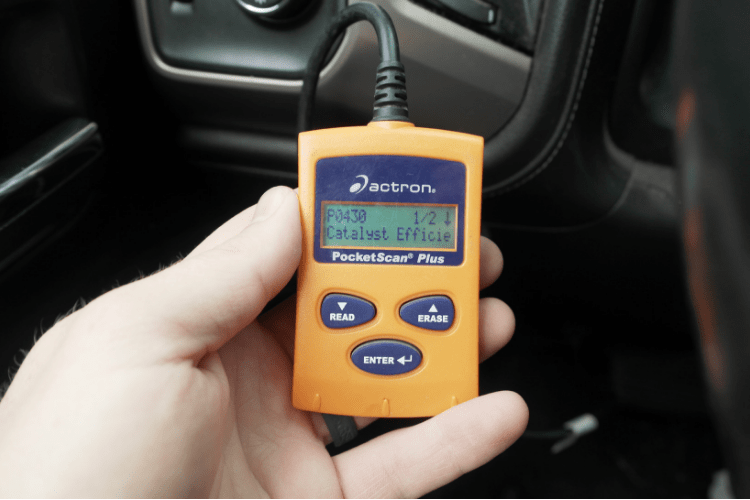
The second most common code is an O2 sensor fault. This is where things get tricky. Most people start by replacing the O2 sensor, which for most vehicles costs between 50 and 100 dollars, which is not a cheap fix. The problem is that in most cases, the sensor itself is just fine. The real problem is that the engine’s computer is reading the signal from the sensor, and when it is out of the useable range, a code is set. That does not necessarily mean that the sensor is bad, you could have a legitimate problem with your engine. This could mean you need new spark plugs, or you have something as simple as a vacuum leak. The newer the vehicle, the more specific the codes will be. A 2015 vehicle can tell you a very specific code with specific causes, while a 2000year model vehicle will be much less specific. In most cases, you will have multiple codes that can help you find the issue. An O2 sensor code, combined with an ignition or misfire code means you likely need a tune-up. An O2 code by itself could be a faulty sensor, bad connection, or a bad wire to the sensor itself.
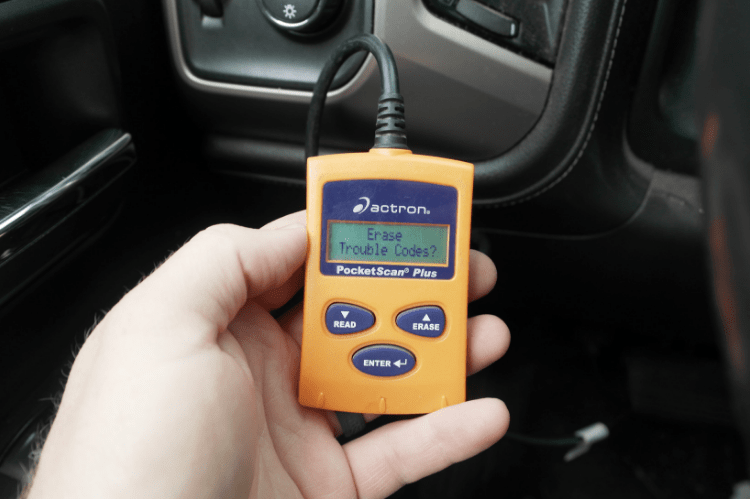
The better scanner you have, the more information you get. Higher end scanners, in the $250 and up range, can provide all kinds of details that a $20 scanner can’t, including potential causes. Otherwise, a quick google search of your vehicle make, model, year, and the code itself will get you a lot of information on possible fixes.
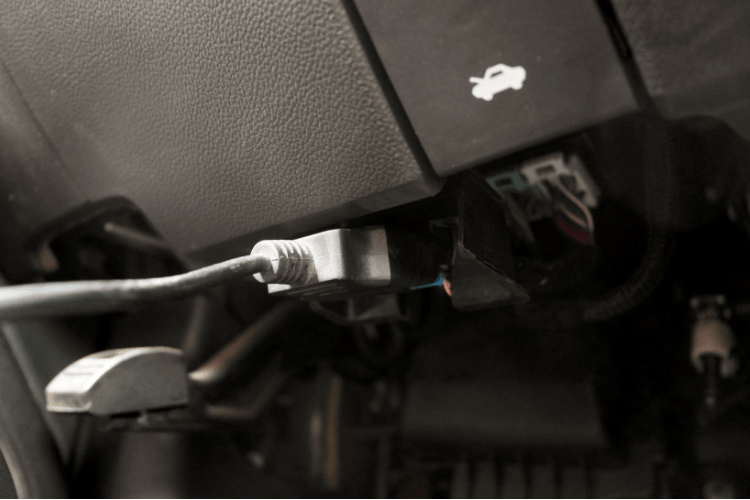
How to Fix a Check Engine Light
When your CEL lights up, don’t freak out, chances are it is a minor issue. If the vehicle is running well, there is not a noticeable change in performance or fuel economy, then it is probably something small. Of course that is not always the case, and it could be a major problem, so you need to check the code as soon as possible. One thing that I always suggest is that you check the codes, record them and then reset the ECM using the scan tool to remove all of the codes and take the vehicle for a drive. If the codes trigger again, then you have an issue that needs to be dealt with as soon as possible.
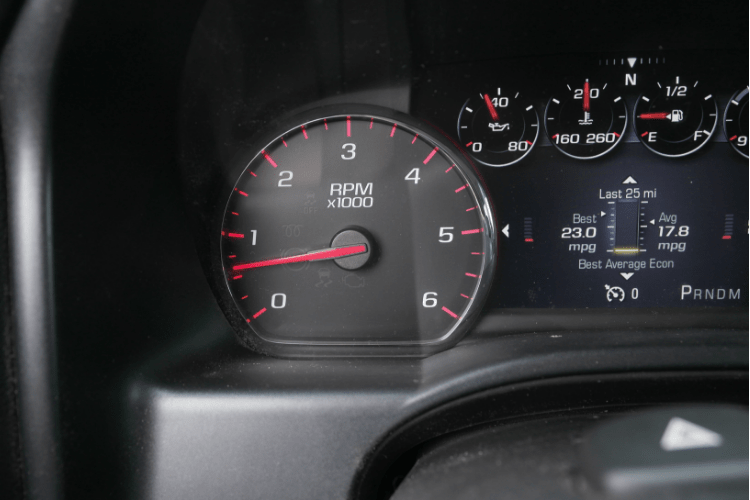






Lucky we have a good mechanic at the local shop who is good at checking codes. He got this device that gets the code better than the older ones.